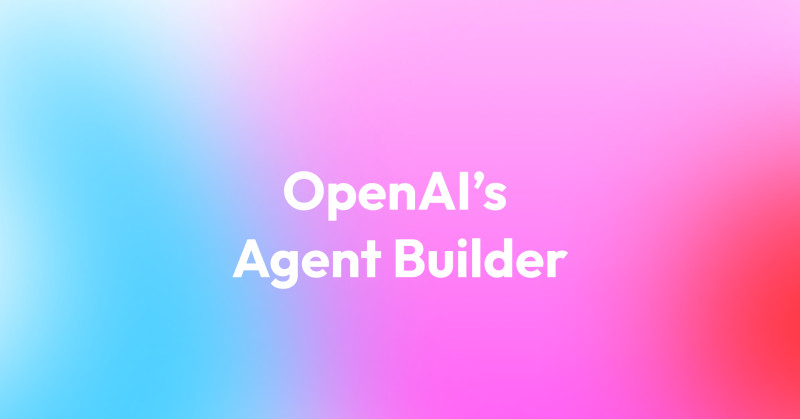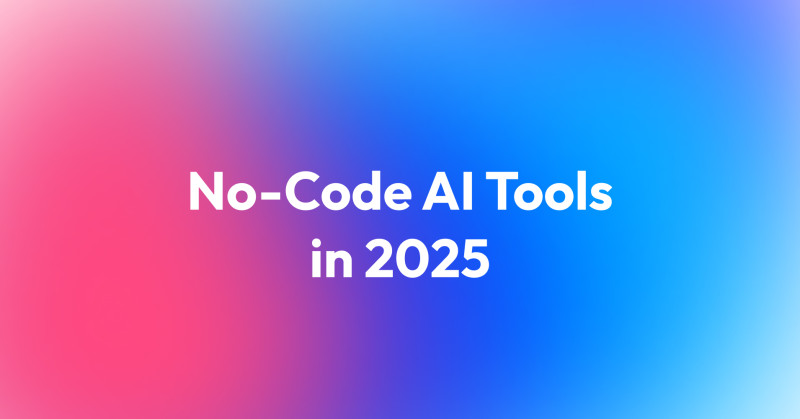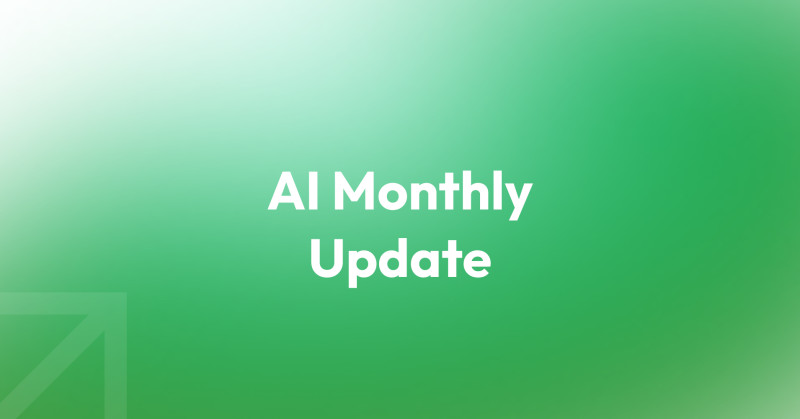Will no-code doom software developers?
No-code gets more and more attention as an ideal solution for every business need. This promising trend refers to the tools that allow users to create apps, websites and software without any programming skills. But is that really the case? Can no-code fully replace custom software solutions? In this article, you will learn about the various challenges and obstacles you may encounter when using this type of technology.

In the simplest terms, no-code is a solution for producing software without the need for programming skills. Someone may ask, but how is this possible? Well, necessity is the mother of invention. It was no different in this case.
What is no-code?
There is a constant shortage of good programmers in the market. And since many IT solutions are similar to each other (e.g. CRMs, marketplaces, business management systems), people started to think about how to fill the niche and make it possible to create applications or websites from ready-made and universal components. Many tools have been enhanced with visual editors that eliminate the need to type a single line of code during development. No-code tools have become so easy that even people who have never coded before can now create their own digital products. In theory, anyone can create websites, mobile applications, and even full-featured software programs without writing a single line of code. Sounds remarkable, doesn't it?
The potential benefits of no-code solutions are quite obvious:
lower production costs,
faster development,
great flexibility,
accessibility.
But there is a side of no-code solutions that doesn’t always get mentioned by companies offering them. And that's what we're going to focus on today.
No-code doesn’t mean no work
There is still work to be done. No-code is not an off-the-shelf solution – it requires deliberation and time just like dedicated software. This means that even without taking on a programmer, you still need to hire an additional person or change the role of one of your current employees to be a so-called “citizen developer”.
No-code VS. security
As the program is produced by non-technical people, a security concern arises. Individuals with no knowledge of cybersecurity may unknowingly leave vulnerabilities in the program or even give overly broad access to the wrong users.
No-code has its limitations
Manual programming means you can create any tailor-made software adapted to your business needs. Building with no-code solutions is not so versatile – you can only use functionality already prepared and offered by a particular vendor. While many standard functions are easy to find, any out-of-the-box feature means you have to manually code and add extra components (and sometimes that might not even be possible).
Support & updates when using no-code
Maintenance and support are crucial for any IT solution. Custom-made software is usually maintained by its provider that knows both the client’s business needs and the code. In no-code, you have to rely on the platform vendor to update the code to the latest standards regularly.
Are no-code solutions a replacement for manual development?
No-code solutions are gaining publicity as all-purpose concepts that allow ordinary people to develop software. They are called (mostly by the platforms that offer them) the future of software development. Admitting that the concept of automation is revolutionary and can serve as a tool to automate processes, it does not seem probable that it can completely replace programmers. The technological needs of many companies are very individual, and only software created from scratch can meet them.
Sources:
- No-Code Is The Future Of Software: Here Are Five Critical Things To Drive Success In 2022 And Beyond
- When Low-Code/No-Code Development Works — and When It Doesn’t
- The past, present, and future of no-code [Infographic]
- The future of no-code development





















